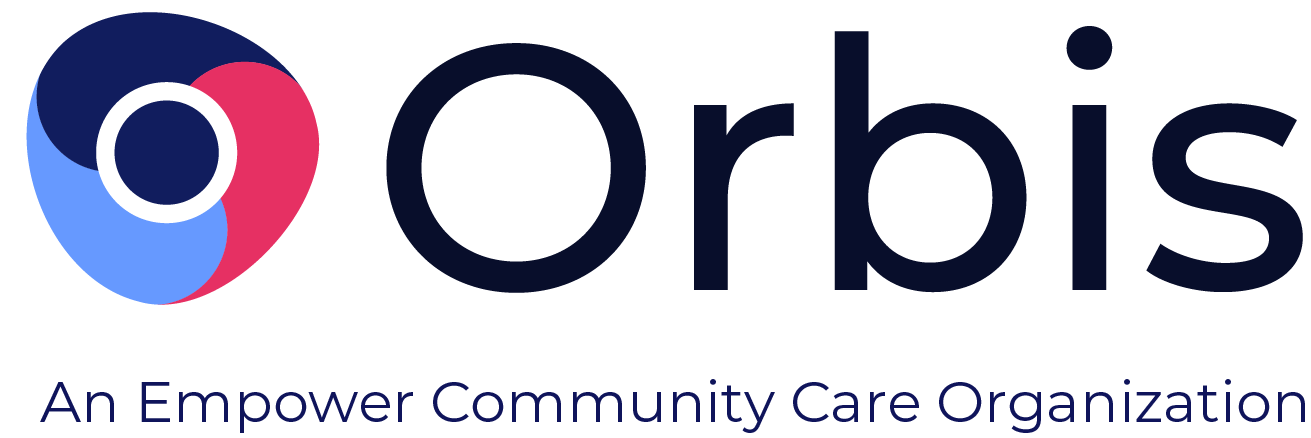An addiction treatment plan typically involves various therapy modalities tailored to individual needs, treatment objectives, and the substance involved.
Among these is Contingency Management (CM), a proven therapeutic approach aimed at initiating and sustaining recovery from youth substance abuse. This approach can improve treatment retention and promote abstinence to strengthen recovery from substance use disorders, especially in adolescents.
In this blog, we explore Contingency Management's core principles, how it intersects with other therapy modalities, its benefits, and how organizations and mental health practitioners can successfully implement it.
Principles of Contingency Management Interventions
Contingency Management (CM) is a behavioral therapy rooted in operant conditioning that uses motivational incentives such as vouchers to reinforce positive behaviors. It addresses substance use by rewarding specific achievements, such as periods of sobriety, thereby encouraging progress and discouraging relapse. CM recognizes addiction as a behavior sustained by both pharmacological effects and social reinforcement, offering tangible rewards for meeting treatment goals. Fundamental principles of Contingency Management interventions include:
- Definition of the target behavior: This principle denotes the specific and desired positive behavior or outcome, such as negative drug tests or other favorable behaviors.
- Identification of the target population: Determining the individuals receiving the reinforcement interventions as goals may vary among participants.
- Selection of the incentive type: Choose the specific reward or reinforcement aligned with the target population's preferences. Options may include vouchers or access to exclusive privileges within a rehabilitation center.
- Determination of the reinforcement magnitude: Determine the extent of the reward required to elicit the target behavior.
- Establishment of the reinforcement frequency: Decide how often the reward should be given, considering factors like the nature of the behavior, available resources, clinical interaction levels, and whether reinforcement occurs consistently or intermittently.
- Timing of reinforcement delivery: Provide reinforcement as promptly as possible after an individual completes or performs the target behavior.
- Duration of reinforcement: Outline the appropriate length of time the individual should receive reinforcement to encourage the desired behavior.
Through these basic principles, Contingency Management aims to weaken the reinforcement from substance use while increasing positive reinforcements from healthier activities.
Benefits of Contingency Management in Treating Adolescent Substance Abuse
Research shows that Contingency Management can increase treatment retention, improve medication compliance, and promote abstinence for people of any age. It also produces positive outcomes across many substance addictions, such as methamphetamine, cocaine, alcohol, opioids, marijuana, and benzodiazepines.
Evidence supports the same Contingency Management benefits for treating substance use disorder in adolescents:
- Increased treatment attendance and retention: Contingency Management strategies effectively enhance treatment engagement and attendance among adolescents with substance use disorders, ensuring they remain actively involved in their recovery.
- Promotes abstinence: Contingency Management interventions significantly increase the likelihood of achieving and maintaining abstinence from substance use, particularly among youth involved in outpatient, school-based, or continuing care settings.
- Tailored approach: Contingency Management programs offer a personalized approach by allowing for selecting specific target behaviors, monitoring methods, reinforcement schedules, and types of rewards, thereby enhancing the effectiveness of treatment.
Contingency Management Success: Implementation and Navigating Challenges
Recent research on implementing Contingency Management in youth substance abuse treatment for adolescents suggests CM is easy to teach, affordable, and seamlessly integrates with other interventions across various organizations.
Workshops to train practitioners in Contingency Management techniques can facilitate the integration of CM into existing programs. Various treatment settings, such as Multisystemic Therapy clinics and community outpatient youth substance abuse treatment services, have proven successful in adopting CM through this approach.
Educating therapists, stakeholders, and families about the benefits and efficacy of incentive-based interventions like Contingency Management can help overcome potential barriers to dissemination. Positive perceptions of Contingency Management interventions among stakeholders can promote acceptance and successful implementation.
Contingency Management Implementation Strategies
A few evidence-based Contingency Management implementation strategies and considerations include:
- Tailored Reinforcement Schedule: Design a reinforcement schedule that minimizes the delay between the target behavior and the consequence delivery. Use more frequent reinforcement schedules to establish the target behavior, then transition to less frequent ones for maintenance.
- Magnitude of Reinforcement: Practitioners should offer clients incentives that provide sufficient magnitude to compete with the feelings of reinforcement obtained through substance use patterns. Consider using larger incentives, as studies suggest they are more effective and cost-effective than lower-magnitude ones.
- Diverse Range of Reinforcers: Incorporate a variety of reinforcers to accommodate individual preferences and increase efficacy. Allow clients to choose their incentives or use a combination of incentives tailored to the clinic's needs and limitations.
- Target Behavior Selection: Prioritize drug abstinence as the primary target behavior. When selecting secondary targets, ensure they are specific, individualized, and have a high probability of successful completion.
- Effective Monitoring: Implement reliable monitoring procedures, such as urinalysis testing, to objectively confirm the target behavior occurred. Develop an abstinence monitoring schedule while considering practicality and cost-effectiveness.
Implementation Challenges and Solutions
Additionally, implementing anything always comes with potential challenges. The good news is that research indicates how to solve several common barriers that can arise.
- Manage Cost: Develop low-cost CM programs by leveraging small, inexpensive behavioral incentives. Advocate for reallocating resources within treatment budgets to accommodate effective Contingency Management interventions if they significantly enhance outcomes.
- Overcome Perception Barriers: Negative perceptions of incentive-based interventions can hinder the dissemination of CM programs. Addressing this challenge requires targeted education and exposure to Contingency Management interventions to highlight their effectiveness and benefits in promoting behavior change.
- Provide Ongoing Training: To sustain adherence to CM techniques over time, provide ongoing training and support for therapists. Establishing mechanisms for continuous education, supervision, and feedback can help maintain therapist proficiency.
- Seek Expert Guidance: Ensure adequate understanding of behavioral principles and clinical aspects of substance use testing and treatment when designing CM programs. Utilize publicly available resources and expert guidance to develop practical and feasible Contingency Management interventions.
Orbis Partners: Improving Outcomes Alongside Youth Substance Abuse Treatment Providers
Grounded in research and guided by compassion, Orbis Partners provides effective evidence-based interventions, software applications, and risk assessment tools to help youth substance abuse treatment providers improve patient outcomes.
With a strong emphasis on quality control and adaptability to unique organizational needs, Orbis can help mental health practitioners achieve their goals. We accomplish this through comprehensive service delivery, training, and coaching options, including in-person sessions, virtual training, and e-training modules.
Contingency Management Training and E-Learning Platform
Orbis’ eLearning Platform offers a variety of self-paced courses tailored to fulfill the requirements of organizations and individuals seeking to expand their expertise and abilities.
Contingency Management for Adolescent Substance Abuse is one of many training modules practitioners can take. It is an 8.5-hour course that introduces clinicians to CM for adolescent substance abuse, covering its principles, implementation protocols, and strategies for overcoming barriers. Throughout the training, learners observe CM in practice with a client to recognize its applicability and master implementation protocols.
Orbis Partners provides solutions for criminal justice and human services systems, specializing in designing and implementing services for at-risk client groups. Orbis' risk, needs, and strengths assessment tools are designed to guide the casework process by incorporating an individual's unique set of needs. For more information about our assessments, visit our Assessments page.



